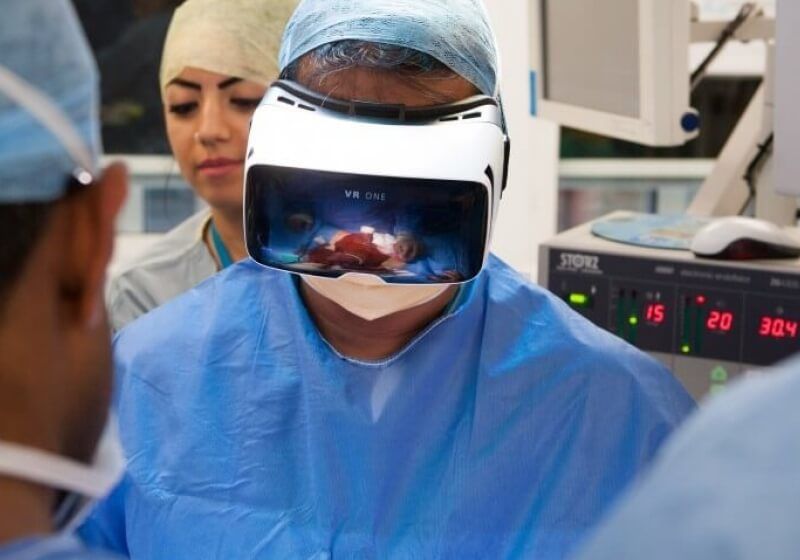Apr 11, 2016
NASA Begins Testing of Revolutionary E-Sail Technology
Posted by Klaus Baldauf in category: space travel
Testing has started at NASA’s Marshall Space Flight Center in Huntsville, Alabama, on a concept for a potentially revolutionary propulsion system that could send spacecraft to the edge of our solar system, the heliopause, faster than ever before.
The test results will provide modeling data for the Heliopause Electrostatic Rapid Transit System (HERTS). The proposed HERTS E-Sail concept, a propellant-less propulsion system, would harness solar wind to travel into interstellar space.
“The sun releases protons and electrons into the solar wind at very high speeds — 400 to 750 kilometers per second,” said Bruce Wiegmann an engineer in Marshall’s Advanced Concepts Office and the principal investigator for the HERTS E-Sail. “The E-Sail would use these protons to propel the spacecraft.”
Continue reading “NASA Begins Testing of Revolutionary E-Sail Technology” »

















